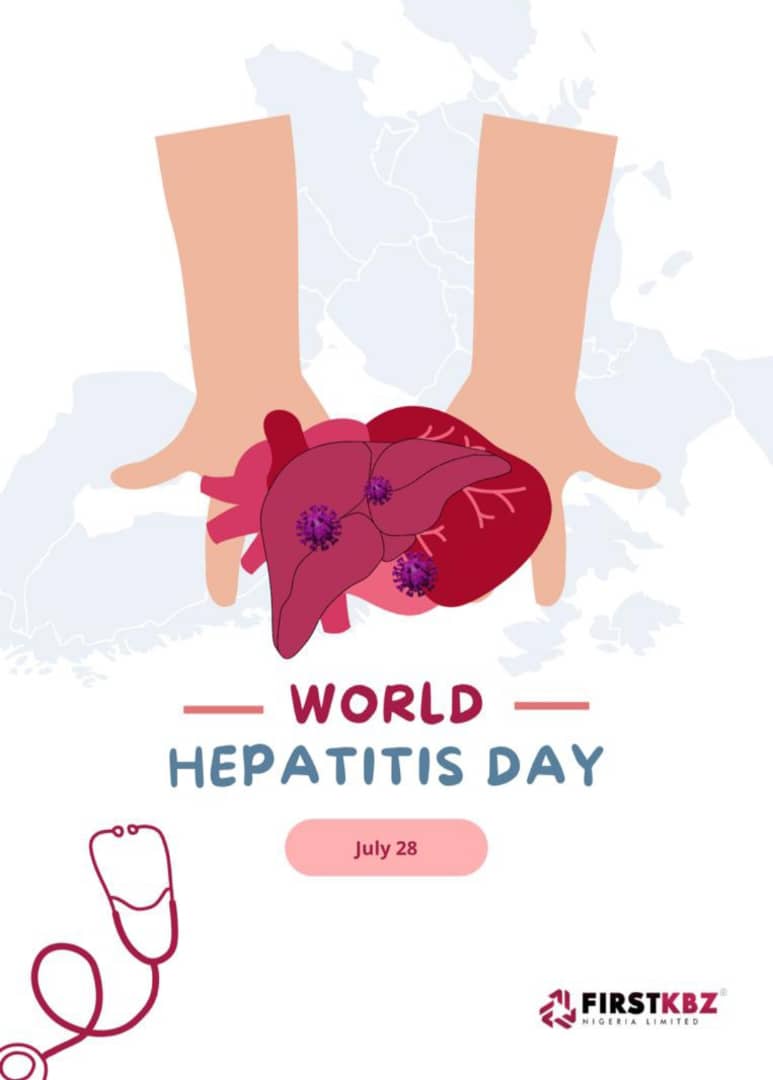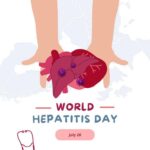World Hepatitis Day 2025: Breaking Down Barriers to Liver Health
By Diagnostics News — July 28, 2025
Global Theme: “Hepatitis: Let’s Break It Down”
Every year on July 28, the global community commemorates World Hepatitis Day, an annual WHO-led campaign to raise awareness about the impact of viral hepatitis (A–E). The theme for 2025—“Hepatitis: Let’s Break It Down”—calls on policymakers, communities, and global stakeholders to dismantle the financial, social, and systemic barriers—including stigma—that block access to testing, prevention, and treatment for hepatitis populations worldwide.(World Health Organization)
Despite vaccines and treatments, hepatitis remains a leading global killer, causing roughly 1.3 million deaths per year, or about 3,500 deaths each day—on par with tuberculosis. The disease continues to spread due to insufficient diagnostics and insufficient investment in care.(Pan American Health Organization
The Global Burden: Scale, Trends & Snapshot
-
- Still, only 13% of people living with hepatitis B and 36% of people with hepatitis C had been diagnosed. Treatment reach was even lower—just 3% for hepatitis B and 20% for hepatitis C.(Pan American Health Organization)
Though progress continues, global diagnosis and treatment rates remain far from the WHO’s elimination targets for 2030.
Regional Perspectives: Spotlight on Disparities
African Region
The WHO African Region carries a staggering disease burden—with over 70 million people living with chronic hepatitis B or C. The region accounts for 63% of global new hepatitis B infections, yet many areas have newborn hepatitis vaccine coverage below 18%, and underdiagnosis remains prevalent.(Pan American Health Organization)
Americas (PAHO / WHO)
In the Americas, over 10 million people live with hepatitis B or C. Disturbingly, only 21% of hepatitis B and 26% of hepatitis C cases are diagnosed, with treatment provided to just 4–5% of people needing care. Annually, the region records thousands of preventable deaths from viral hepatitis.(Pan American Health Organization)
EU / EEA
The European Union and European Economic Area (EU/EEA) face similar challenges: approximately 5 million people live with chronic hepatitis B or C, 50,000 deaths occur each year, and over 60% remain undiagnosed, delaying early care and risking liver cancer.(ECDC)
Busting the Myths: Why Knowledge Matters
A significant obstacle to hepatitis elimination is widespread misinformation. Some common myths include:
-
- Belief that hepatitis is only caused by alcohol or food poisoning
-
- Misconception that asymptomatic people can’t spread the virus
-
- Fear that vaccination is unsafe or unnecessary
-
- Underestimating risks associated with tattoos, piercings, dental work, or unsafe blood contact
These misconceptions delay testing, fuel stigma, and limit treatment uptake. Public education and awareness campaigns are essential for changing perceptions and encouraging early action.(The Times of India, Wikipedia, The Times of India)
Real-World Responses: Events & Awareness in Action
Across the world, clinics and organizations marked World Hepatitis Day with proactive outreach:
-
- AIIMS‑Patna in India hosted an awareness program attended by around 150–200 people, including health professionals and patients, discussing prevention, testing, and treatment of hepatitis A, B, and C.(The Times of India)
-
- The NCC and Motilal Nehru Medical College (Prayagraj) organized a free screening camp for around 300 rural residents, with educational messaging on hepatitis transmission and prevention.(The Times of India)
-
- IMS-BHU (Banaras Hindu University) screened 475 individuals for hepatitis B and C, offering testing, referral, and HbiG vaccination for newborns of HBV-positive mothers.(The Times of India)
Such events exemplify community-level engagement and timely health delivery tied to global awareness efforts.
Progress Tracker & Innovation Trends
Between 2022 and 2025, global efforts under WHO initiatives accelerated dramatically:
-
- Dating from 2024, Egypt became the first country globally to achieve WHO elimination certification for hepatitis C and meet pediatric control targets for hepatitis B.(China CDC Weekly)
-
- Gavi’s expanded vaccine funding led to hepatitis B vaccine coverage surpassing 90% in many regions.(China CDC Weekly)
-
- Innovators introduced new RNAi-based hepatitis B therapies and expanded access to DAA treatments for hepatitis C, with the cumulative beneficiary count nearing 25 million by mid‑2025.(China CDC Weekly)
Efforts like these signal progress—but global alignment on scale, investment, and integration remains essential.
What Must Happen Now: A Call to Collective Action
To achieve the WHO elimination goals by 2030, global stakeholders must prioritize:
-
- Scaling up diagnosis and treatment so that at least 90% know their status and 80% receive care
-
- Ensuring every newborn receives a hepatitis B birth‑dose vaccine within 24 hours
-
- Integrating hepatitis screening, treatment, and education into existing primary care and maternal health systems
-
- Mobilizing affordable procurement of diagnostics and medicines (e.g. antiviral therapy at ~$60/course; tenofovir at ~$2.40/month)
-
- Launching persistent public health campaigns to break stigma, inform communities, and destigmatize testing and treatment


